Check out some of our best reads!

Within each Taekwondo class, students practice discipline, patience, and respect through drills, responses, and teamwork. Guided by instructors, children learn focus, self-control, and proper behavior—valuable habits that translate into respect for others and themselves beyond martial arts practice.
READ MORE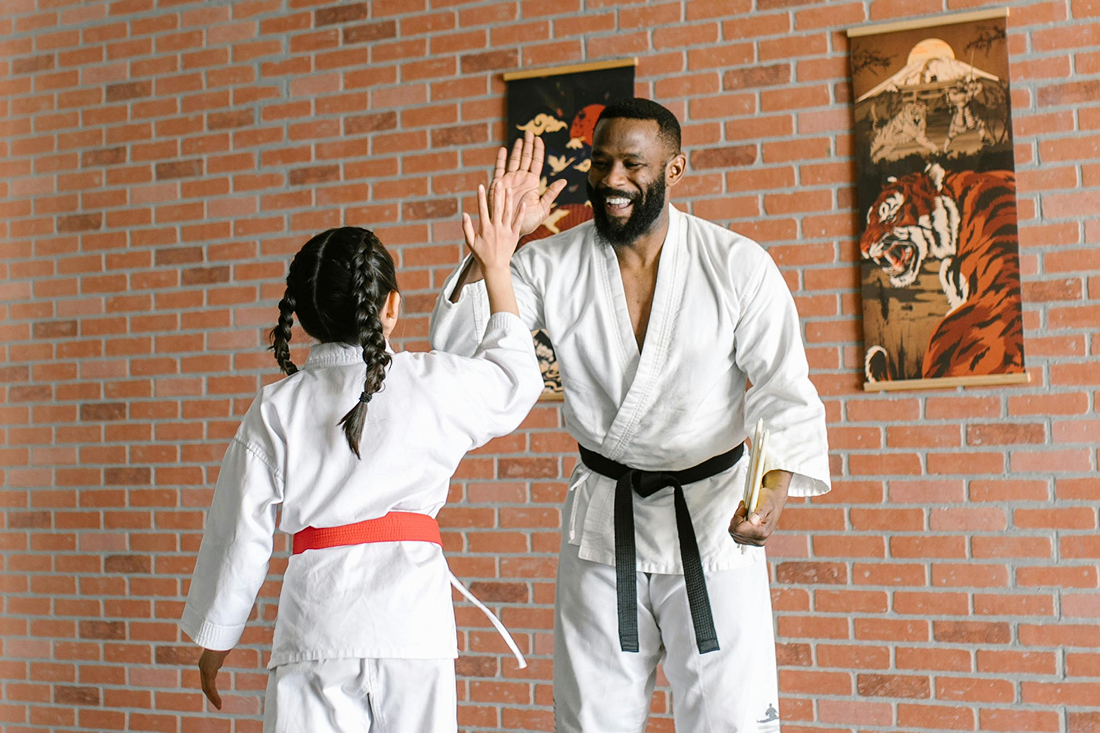
Family Taekwondo strengthens both body and bond. In a world of busy schedules and screens, training together builds teamwork, respect, and connection. It’s more than exercise—it’s shared quality time that deepens relationships and teaches life lessons parents and kids treasure.
Read More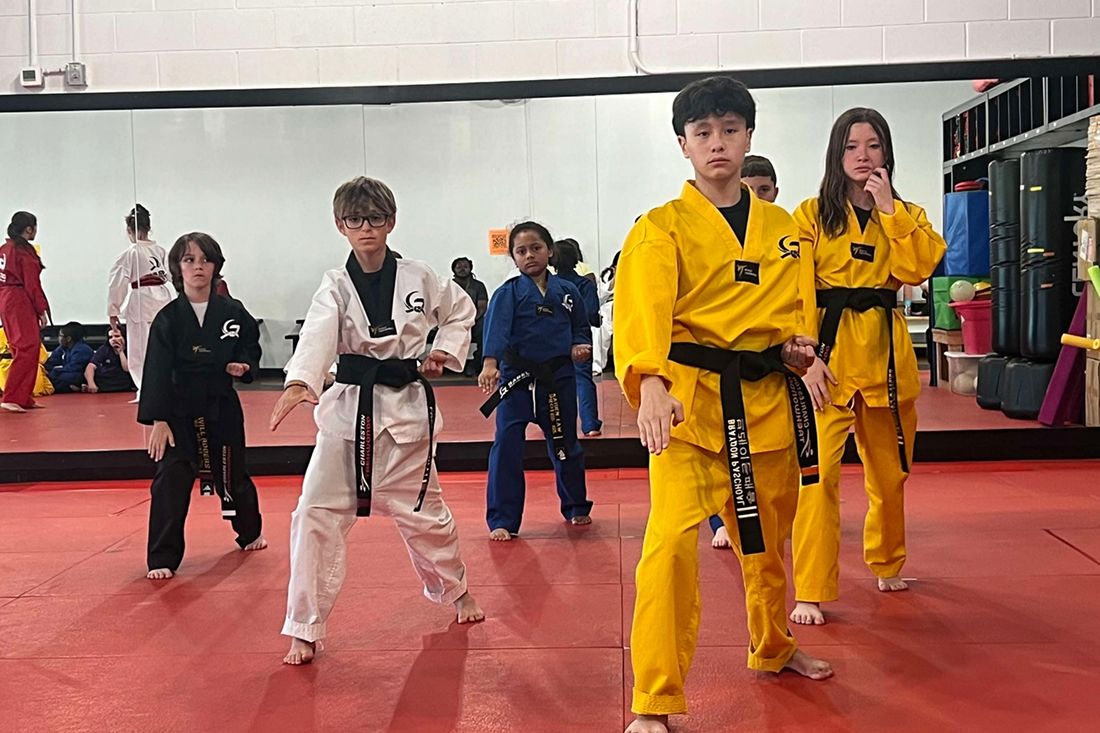
A child’s first martial arts class can spark lifelong confidence and focus. At Gabel Martial Arts in Summerville, every small step builds growth. Enroll them in a trial class today—because big changes at home begin with one short class.
Read More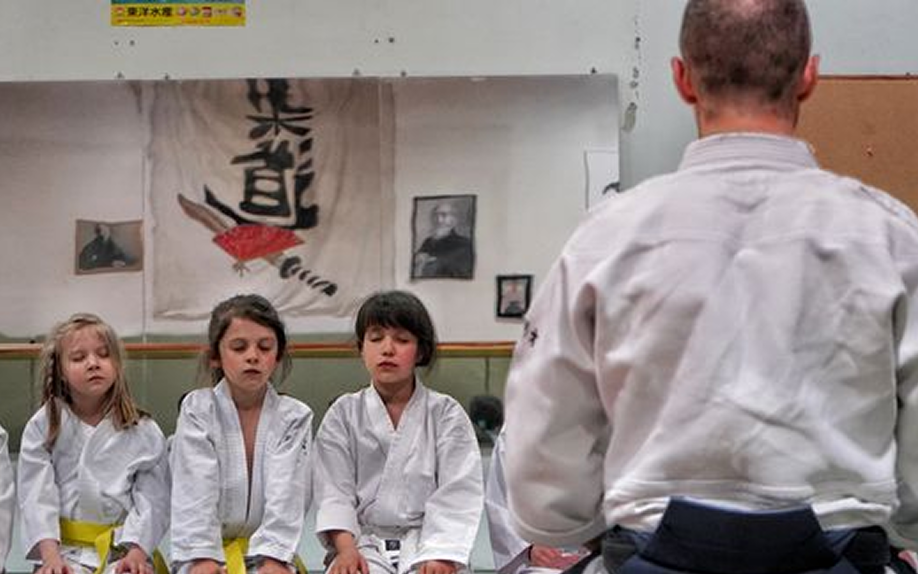
An instructor’s warm greeting, organized routines, and calm transitions help children feel secure and ready to learn. Simple rituals—like lining up shoes or earning stickers—create structure and belonging, encouraging confidence and focus from the very start of every class.
Read More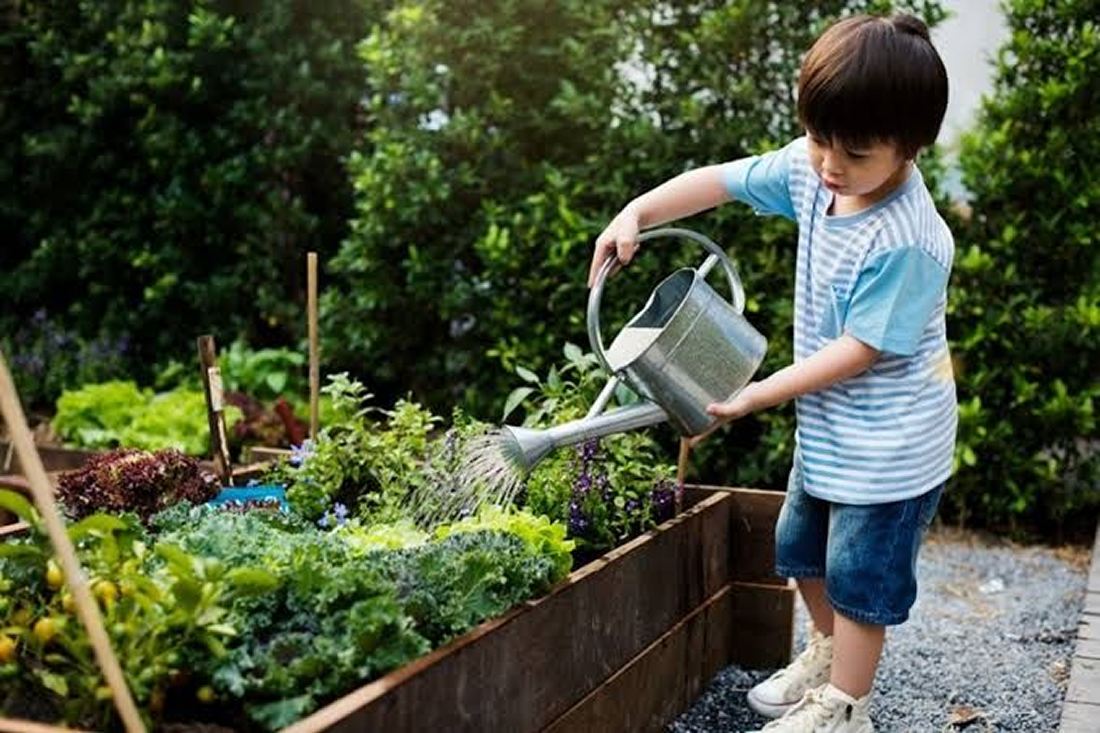
Small, consistent rituals build calm, confidence, and discipline over time. Just as martial artists progress step by step, these gentle routines guide children from high energy to mindfulness, strengthening emotional balance and creating a sense of security and growth.
Read More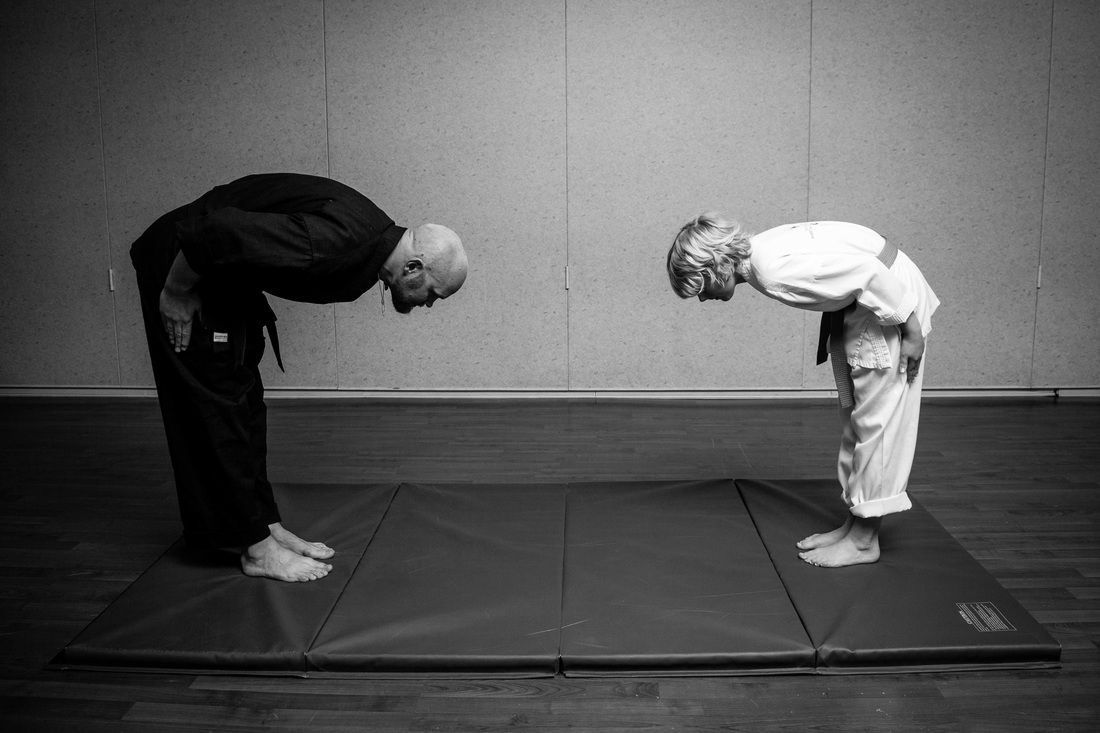
Respect forms the heart of martial arts training. It’s taught before every bow and reinforced through every movement. Learning respect fosters humility, empathy, and discipline—qualities that extend beyond the mat, shaping strong character and positive relationships in everyday life.
Read More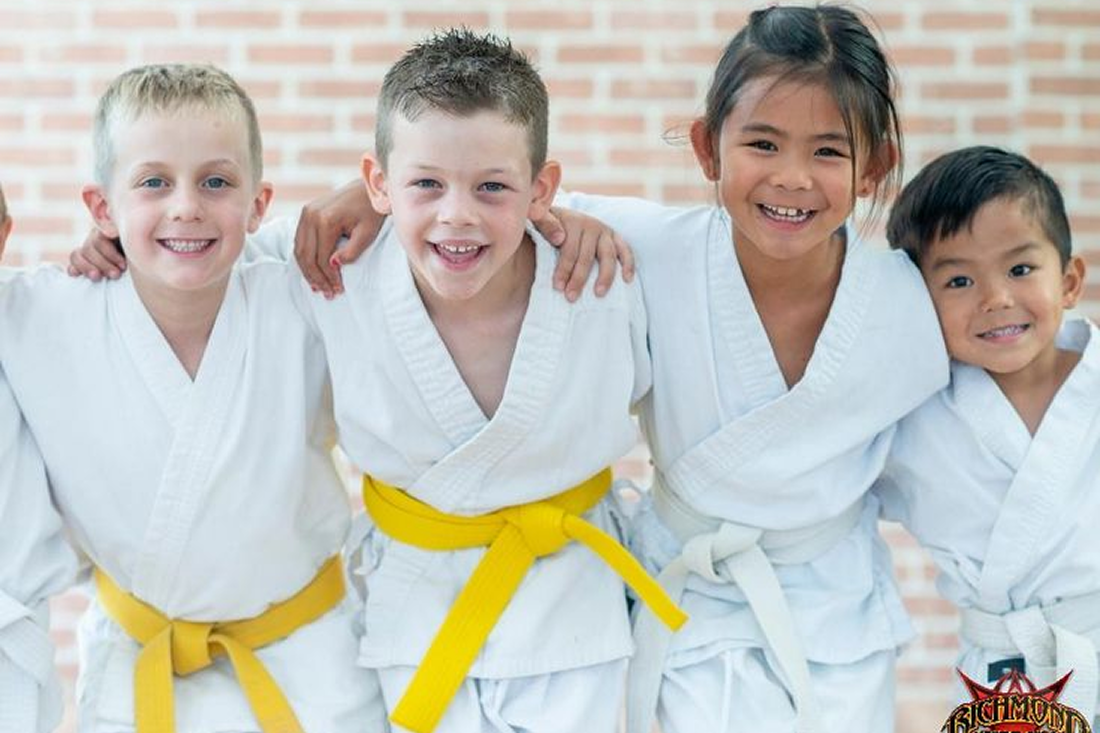
Martial arts training develops more than physical skills. It builds self-esteem, confidence, respect, and self-control. Through structured practice and supportive guidance, children learn to manage emotions, cooperate with others, and grow socially and emotionally while discovering their inner strength and balance.
Read More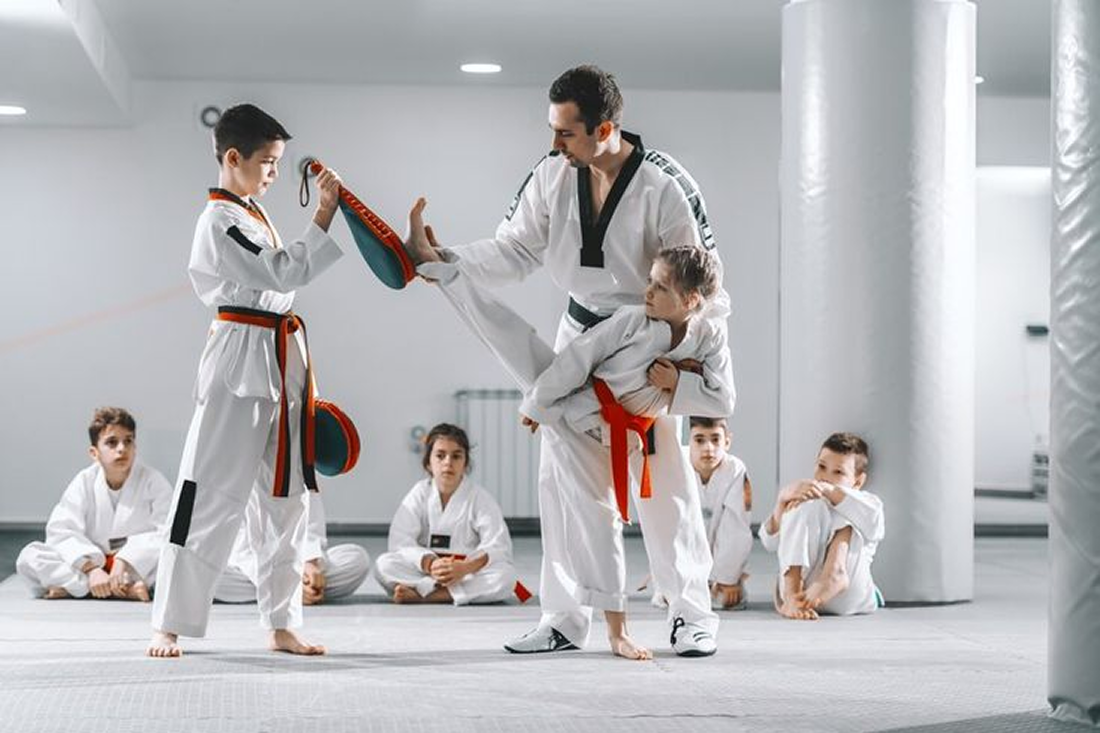
Taekwondo enhances mental focus and concentration by combining physical challenges with cognitive tasks. Memorizing forms, coordinating movements, and responding quickly train executive functioning, helping children strengthen attention, planning, and working memory both inside the dojo and in school settings.
Read More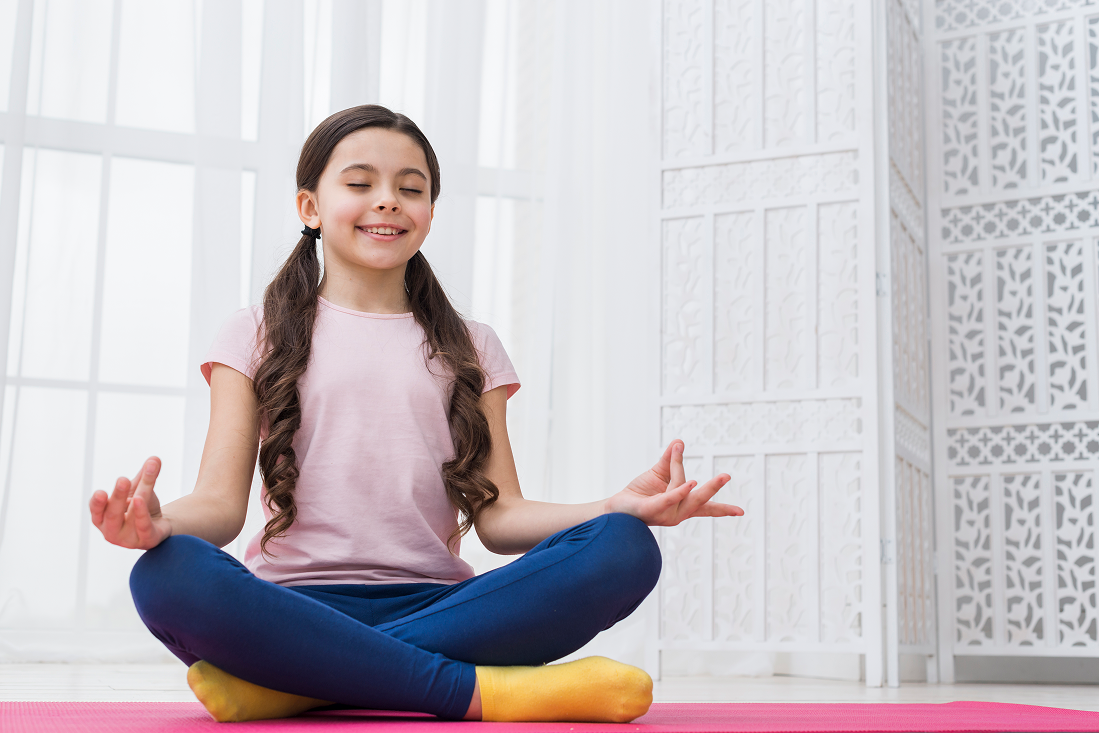
Within each Taekwondo class, students practice discipline, patience, and respect through drills, responses, and teamwork. Guided by instructors, children learn focus, self-control, and proper behavior—valuable habits that translate into respect for others and themselves beyond martial arts practice.
Read More